When planning your fundraising strategy, it can be difficult to know where to start. What type of campaigns should you run? Who should be involved? How will you promote them?
Goals provide direction to your fundraising efforts and allow you to easily assess your progress so you can continuously improve your approach over time. But how do you ensure these goals are actually realistic for your organization?
In this guide, we’ll walk you through best practices for creating fundraising goals that align with your organization’s most pressing needs, fundraising history, and donor base. That way, you can develop goals that drive your campaigns forward and make sense for your specific nonprofit.
1. Determine your fundraising needs.
Start by determining exactly what you need to raise money for. Consult with your staff, board members, and other stakeholders to confirm your most pressing needs and form the foundation for your goals.
If you’ve recently revamped your strategic plan, that’s an optimal place to begin. As Bloomerang explains, “A good strategic plan ensures you have charted the necessary pathways to meet (and hopefully exceed) your organization’s goals.” You can then translate these broad goals into smaller, more specific fundraising objectives.
Break down the initiatives you’d like to fundraise for into separate components and estimate how much each one will cost. For example, let’s say you want to expand your nonprofit’s membership program. You may estimate how much you expect to spend on marketing, staff, membership software, and events so you know how much you need to raise.
2. Review past fundraising data.
Analyze data from previous fundraising campaigns to determine what worked well and what didn’t. This process can give you insights into:
- Which types of efforts are most effective for your organization
- Which times of year your nonprofit raises the most money
- How much your organization typically raises annually
- Your average donation amount
Using this data to guide your fundraising goals ensures they align with your organization’s fundraising capacity. Additionally, reviewing these data points helps you determine which type of campaigns you should run. For example, if you hosted a successful popcorn fundraiser last year, you may consider repeating that type of campaign this year.
If you need help assessing your fundraising capacity, Bristol Strategy Group’s Leaky Bucket assessments “reveal how well your fundraising team comes together to accomplish your organization’s goals,” allowing you to identify internal struggles and opportunities for improvement. That way, you can equip your team with the skills they need to push your goals forward.
3. Understand your donor base.
Digging into the past fundraising data in your donor database can help you understand your donors and create goals that align with their interests and giving capacities.
Using this data, consider segmenting your donor base to create fundraising goals for different groups. For example, you may develop different groups for small, mid-level, and major donors and evaluate the size of each group to determine how much you can realistically raise from each one.
You may also develop an ideal donor profile for the specific type of campaign you’re running to narrow your goals and audience further. For example, say you’re running a discount card fundraiser, which ABC Fundraising explains helps you target “friends, family, and supporters [who want] to patronize local businesses that support your group.”
Your ideal donor profile for this type of campaign would be someone who not only has the capacity to contribute but also enjoys shopping at local businesses and supporting the local economy. Consider asking businesses you partner with for data about their average customers so you can better target them. Or, ask to fundraise directly outside their storefronts to reach their audiences.
Knowing who your ideal donor is, how many of your current donors match these criteria, and how many potential new donors you can acquire from your nonprofit’s partners will help you create more realistic fundraising goals.
4. Use the SMART goal framework.
SMART stands for specific, measurable, achievable, relevant, and time-bound. This framework is intended to help organizations develop goals that are both actionable and realistic.
Let’s break down each of these components:
- Specific. Your goal should specify exactly what you’re raising money for, how much you aim to raise, and how you plan to do so. For instance, you may strive to raise $5,000 to support your pet adoption program by selling cookie dough.
- Measurable. Make your goal measurable by attaching metrics you can use to assess your progress. In this case, measurable components may include the amount you’d like to raise, the number of supporters who will buy cookie dough, or the conversion rate of your online store.
- Achievable. As we’ve discussed, you can ensure your goal is achievable by diving into past fundraising data. If you raised $3,000 with your last campaign, you may set your goal as $3,500 since this amount is higher but still within your reach.
- Relevant. Your goal should be relevant to your overarching priorities and needs. Incorporate relevance by aligning your goal with your nonprofit’s current strategy and stating what you’re raising money for.
- Time-bound. Add a timeline to your goal so your team knows how long they have to work toward it.
An example of a cohesive SMART goal may be to “raise $5,000 to support our pet adoption program by selling cookie dough over the next six months.” This goal has a specific focus, a measurable dollar amount, relates to the organization’s priority of expanding its pet adoption program, and includes a timeline. The nonprofit must use its past fundraising data to determine whether this goal is achievable.
Developing realistic fundraising goals is an iterative process. Over time, you’ll become more familiar with what’s attainable for your organization and create stronger, more successful objectives. Continuously keep track of your fundraising data to inform future goals.


